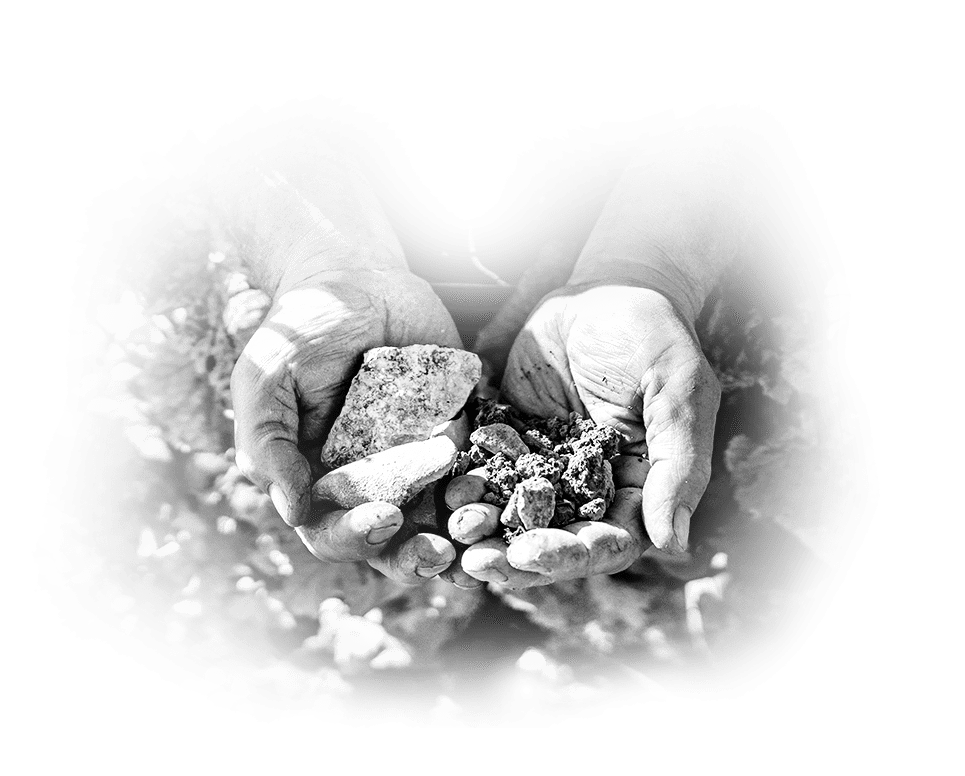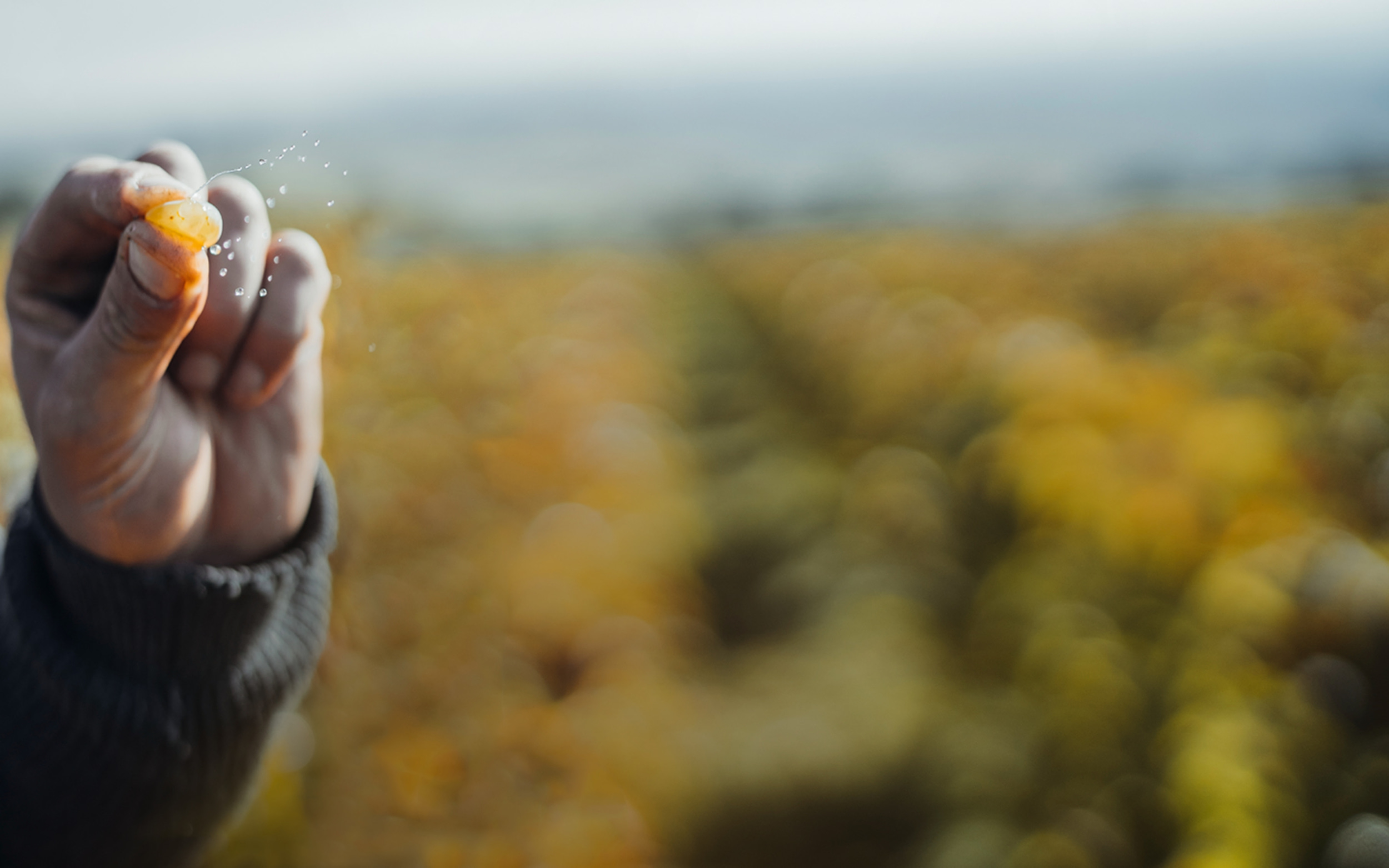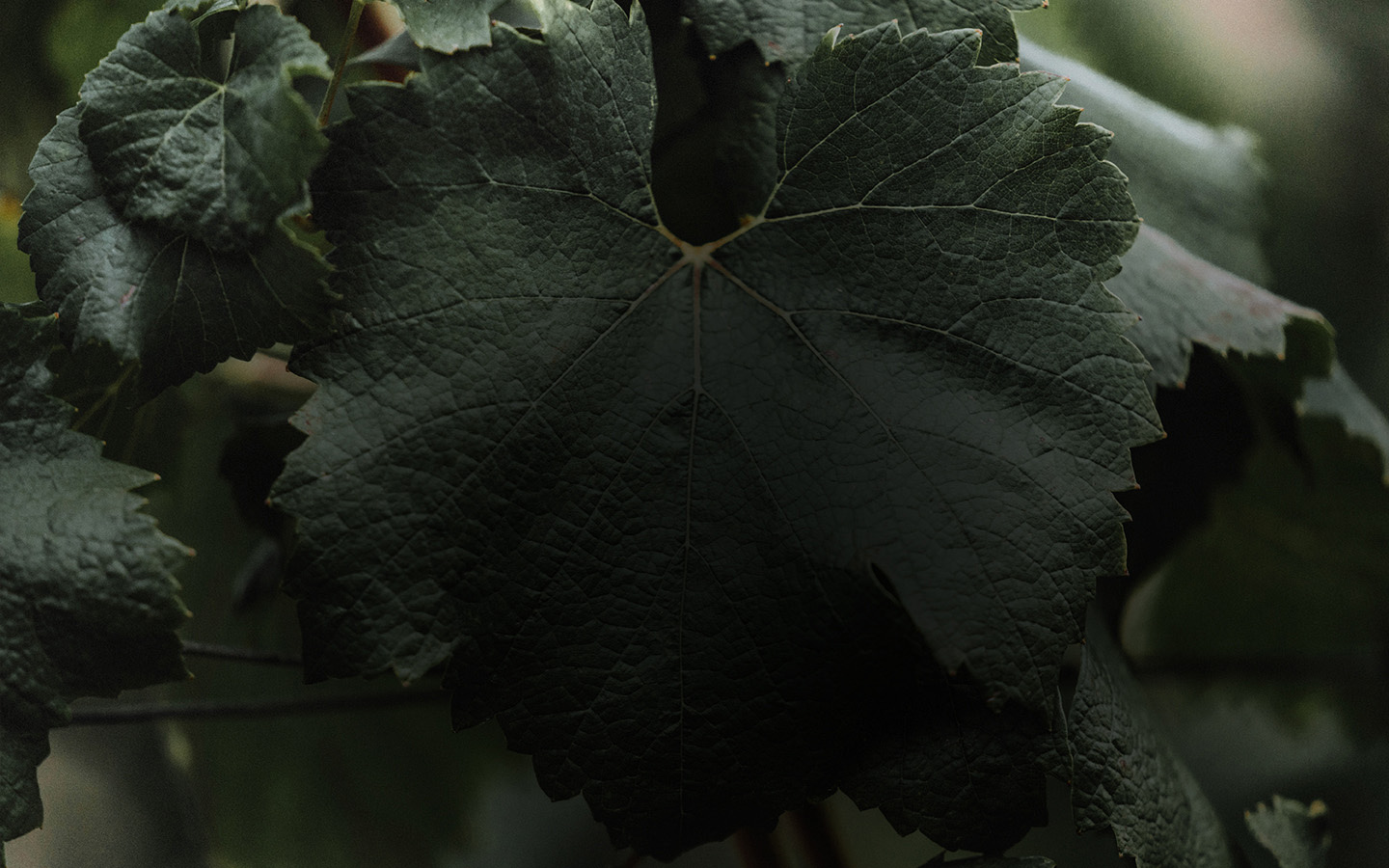

at the heart of terroir
Today, the Domaine de Montille covers 37 hectares of vineyards, predominantly composed of Premiers and Grands Crus, located on the Côte de Beaune and the Côte de Nuits.
Authenticity and elegance in the wines can only be achieved by practicing a responsible viticulture. That is why the estate works daily to highlight and protect the wonderful diversity that makes up the Burgundian vineyard mosaic.
This love for the terroir is also a heritage. As a pioneering and emblematic figure of the terroir at a time when this notion was not yet evident to everyone, Hubert de Montille tirelessly defended and sublimated it. Like his father before him, Etienne appreciates the indescribable sensation of revealing the most authentic expression of a terroir.

the Viticulture
A good agronomy…
It would be a mistake to assume that nature inherently does things perfectly. Left to its own devices, the vine is a creeper that primarily seeks to spread rather than produce beautiful fruits. That's why the winemaker accompanies it, often constrains it, and always protects it.
At the estate, we do not deep plough, but instead use hydraulic inter-row scratching, which is more respectful of the vine and soil life. Only the plots worked by horse are hilled up in winter. These are treated with a crawler tractor and the trimming is done by hand using shears and a good dose of elbow grease. In spring, we work the cavaillon, the strip of land near the vines, to delay bud break and protect the vine from spring frost, an unfortunately frequent occurrence in recent years. In June, we defoliate the north side of our vines to limit the risk of rot. Because there is no good wine without beautiful grapes, our objective is above all the good development of healthy grapes.
…Coupled with biodynamic practices
The Domaine's journey towards organic and biodynamic agriculture began in 1985 with the complete abandonment of chemical fertilizers. This was followed by the elimination of synthetic fungicides and insecticides in 1995. Driven by environmental concerns and the importance of biodiversity preservation, Étienne spearheaded the conversion to biodynamic agriculture in the 2000s.
During this same period, he presided over GEST (Groupement d’Étude et de Suivi des Terroirs), an association of winemakers, which now boasts over a hundred members. Members convene multiple times annually to conduct studies, share insights, and delve into soil dynamics. With his teams, Etienne explored the concept of sustainable viticulture, considering various components such as plant material with the selection of rootstock and clone, the importance of biodiversity and cover crops, respectful pruning techniques for sap flow, and of course, biodynamics. The latter strengthens vine defenses, notably through the use of plant and animal-derived preparations.
Several key biodynamic preparations, starting with 500, are crafted here on the estate. The horns are buried in the autumn in our plot of Clos du Château de Puligny-Montrachet, to be unearthed in spring with an informal group of winemakers. Dynamized in rainwater, this preparation sprayed in the vines increases the life of the soils. We also pay attention to the phases of the moon in order to work in harmony with them, first in our vines and then in the winery.










